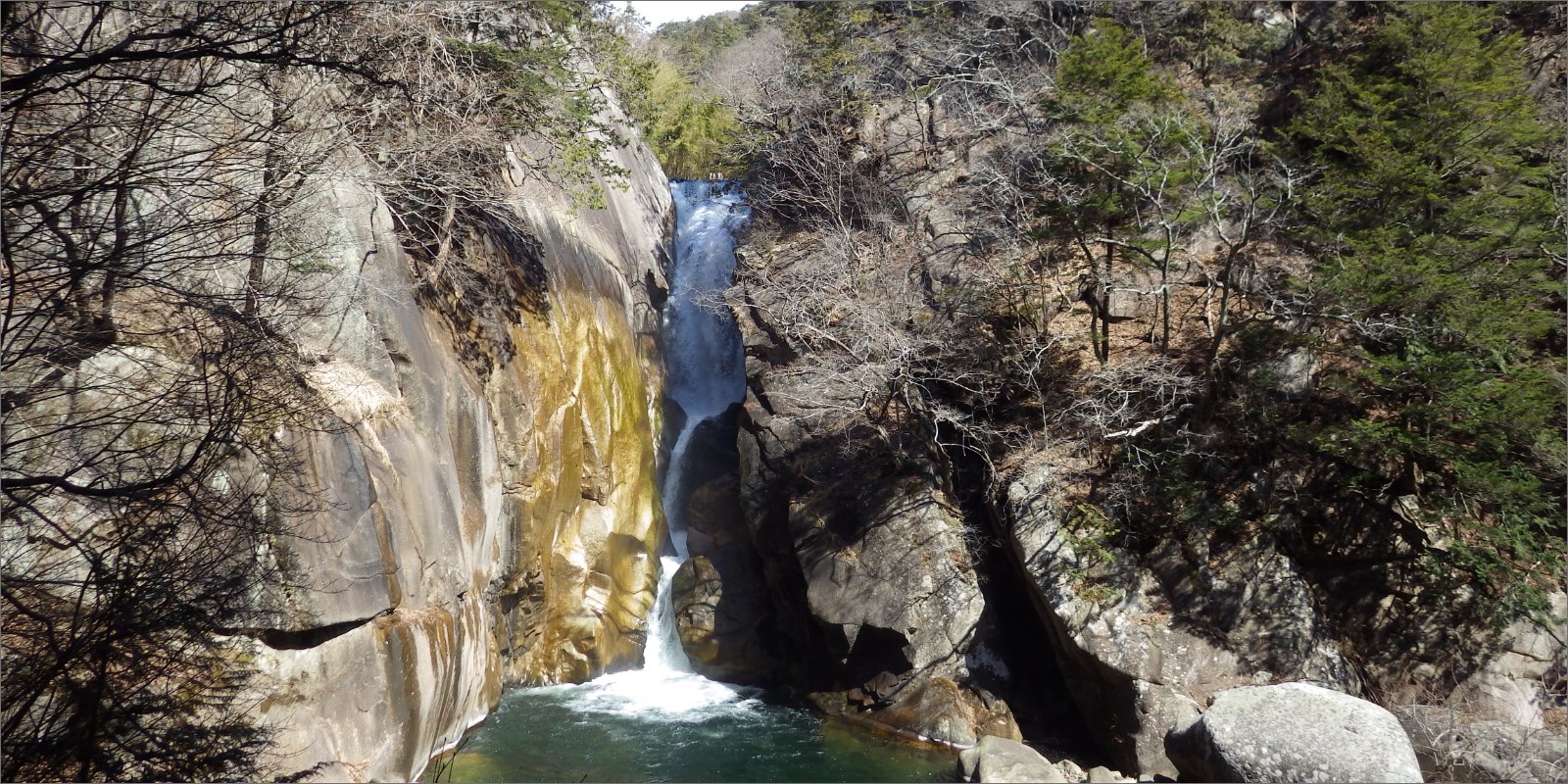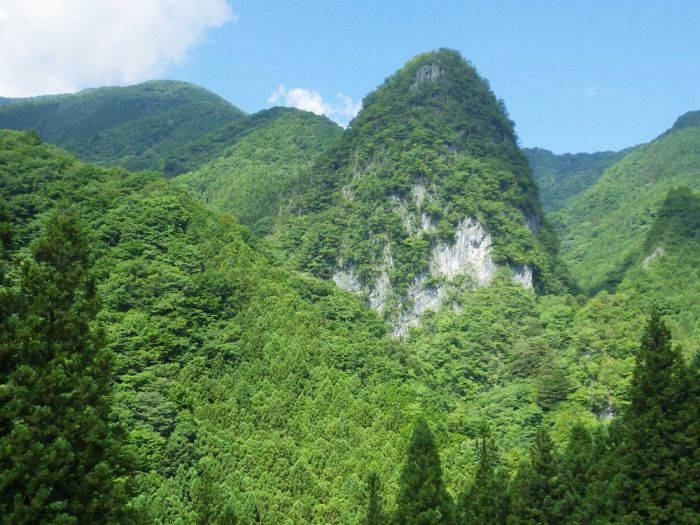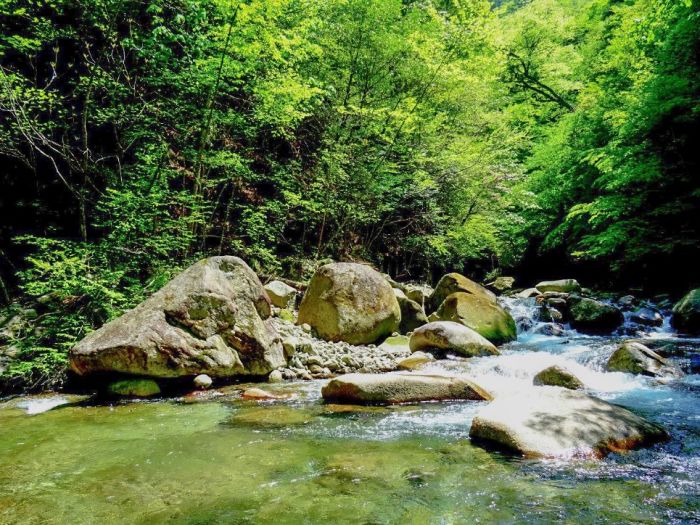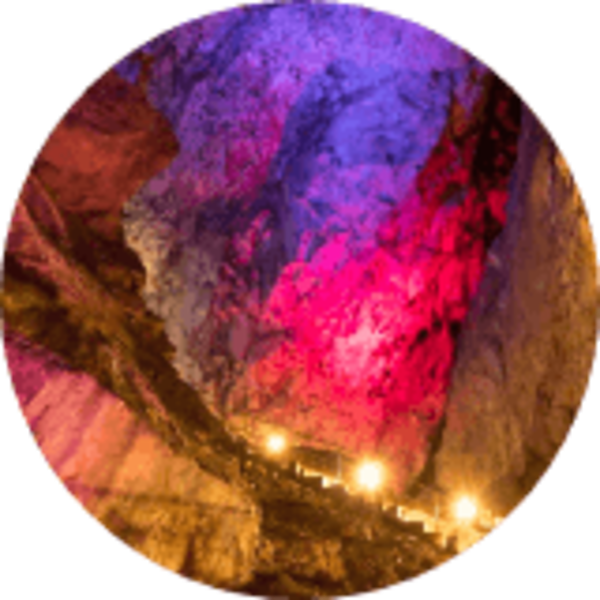

Relatively close to the metropolitan area of Tokyo, lies the mountainous National Park of Chichibu-Tama-Kai. High up in the lofty peaks of its mountain ranges, lay the sources of some of Japan’s most famous rivers — some of which, present-day Tokyo may not have existed without. Major rivers such as Tama River, Arakawa River, Chikuma River, and Fuefuki River are only a few of the many running bodies of freshwater in Chichibu-Tama-Kai. Dense alpine forests and diverse wildlife inhabit the river banks, but standing above them all, mountains are ever watchful. The National Park is home to more than 20 peaks over 2,000-meters tall, such as Mt. Kita-Okusenjo, Mt. Kumotori, Mt. Kobushigatake, and Mt. Kinpu. Their faces carved by rivers, these mountains make way for stunning gorges, dramatic valleys, and an abundance of hiking trails. Dotted with many historic shrines and temples, Chichibu-Tama-Kai is filled with a mystical, yet solemn atmosphere.


Dramatic Peaks and Sacred Shrines
The accessibility of Chichibu-Tama-Kai’s Okutama area from the heartland of Tokyo is what makes it a popular destination. The area is famous for mountain worship, with the sacred mountain of Mt. Mitake and the ancient Musashi Mitake Shrine that attracts visitors from all over Japan. Another mountain in the area worthy of mention is Mt. Kumotori. Standing at 2,017-meters tall, its peak is the highest point in all of Tokyo. The mountain also has several hiking trails along its ridges and curving faces. The mighty river waters of the Tama River have carved the beautiful Hatonosu Gorge. This vibrant gorge is surrounded by incredibly lush greenery, and the suspension bridges hanging above it offers stunning views of the ravine below.

The Home of Sacred Mountains
On the far-flung peak of Mt. Mitsumine in the National Park’s Chichibu area stands Mitsumine Shrine. With tall cedar trees surrounding the ancient shrine, there is a powerful and spiritual atmosphere about Mitsumine Shrine that has made it a popular place for mountain worship. Joining the ranks of Mt. Mitsumine, Mt. Ryokami is another sacred mountain in the area. The panoramic views from its summit are reputed to be some of the best in the National Park. The ascent was once off-limits to women for religious and cultural reasons, until a woman broke the record in 1914.

A Gorge, a Valley, and a Mountain
Shosenkyo Gorge is one of the many gorges carved out by the rivers in Chichibu-Tama-Kai. The shapes of its granite rocks morphing with its protruding foliage make for a truly spectacular sight. Nishizawa Valley is another legacy of the National Park’s rivers. Its mountain river tumbles down various waterfalls, such as the stunning Nanatsugama-godan Fall — one of the top 100 falls in Japan. The five-tiered waterfall streams into five large pools and is surrounded by a wealth of greenery that reflects its colors in the waters. Mt. Kobushigatake in the National Park’s Yamanashi and Nagano area, is the source of both the Arakawa and Shinano Rivers. The forest-covered mountain is considered to be one of the 100 Famous Japanese Mountains.








A place to stay is essential for every National Parks adventure — book now for peace of mind.